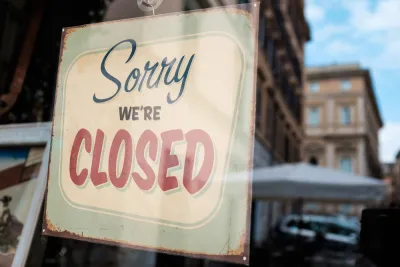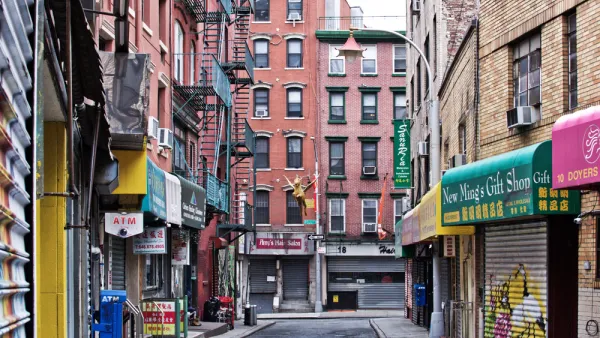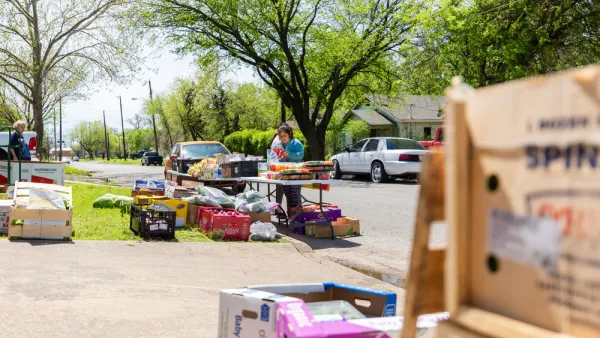Neighborhood level unemployment data estimates reveal the deepening social inequality of the current economic crisis.

Quoctrung Bui and Emily Badger sum up the state of the economy amidst the coronavirus pandemic in the summer of 2020:
The economic damage from the coronavirus is most visible in areas like Midtown Manhattan, where lunch spots have closed, businesses have gone dark and once-crowded sidewalks have emptied.
But some of the worst economic pain lies in other neighborhoods, in the places where workers who’ve endured the broadest job losses live. In corners of the Bronx, South Los Angeles or the South Side of Chicago, unemployment is concentrated to a breathtaking degree. And that means that other problems still to come — a wave of evictions, deepening poverty, more childhood hunger — will be geographically concentrated, too.
The article by Bui and Badger shares research estimating unemployment data down to the Census tract level by Yair Ghitza and Mark Steitz. "The federal government doesn’t report unemployment data down to the neighborhood level, so the two researchers modeled these fine-grained statistics in a way that makes them consistent with state and national surveys," explain Bui and Badger.
A working paper presenting the data is available on GitHub.
Deep economic disparities within cities are the main takeaway from the research findings, and the most outwardly visible signs of the economic downturn—the shuttered restaurants and retail businesses—aren't evidence of the worst of the economic situation. "These maps reflect, instead, where the workers who once staffed those restaurants, bars, hotels and offices commuted home at night," according to Bui and Badger.
The current findings, nearly five months into the pandemic in the United States, echo findings from much earlier in the pandemic in April, presented by Jonathan Stiles as well as researchers from the Urban Institute.
FULL STORY: In These Neighborhoods, the Jobless Rate May Top 30 Percent

Analysis: Cybertruck Fatality Rate Far Exceeds That of Ford Pinto
The Tesla Cybertruck was recalled seven times last year.

National Parks Layoffs Will Cause Communities to Lose Billions
Thousands of essential park workers were laid off this week, just before the busy spring break season.

Retro-silient?: America’s First “Eco-burb,” The Woodlands Turns 50
A master-planned community north of Houston offers lessons on green infrastructure and resilient design, but falls short of its founder’s lofty affordability and walkability goals.

Test News Post 1
This is a summary

Analysis: Cybertruck Fatality Rate Far Exceeds That of Ford Pinto
The Tesla Cybertruck was recalled seven times last year.

Test News Headline 46
Test for the image on the front page.
Urban Design for Planners 1: Software Tools
This six-course series explores essential urban design concepts using open source software and equips planners with the tools they need to participate fully in the urban design process.
Planning for Universal Design
Learn the tools for implementing Universal Design in planning regulations.
EMC Planning Group, Inc.
Planetizen
Planetizen
Mpact (formerly Rail~Volution)
Great Falls Development Authority, Inc.
HUDs Office of Policy Development and Research
NYU Wagner Graduate School of Public Service




























